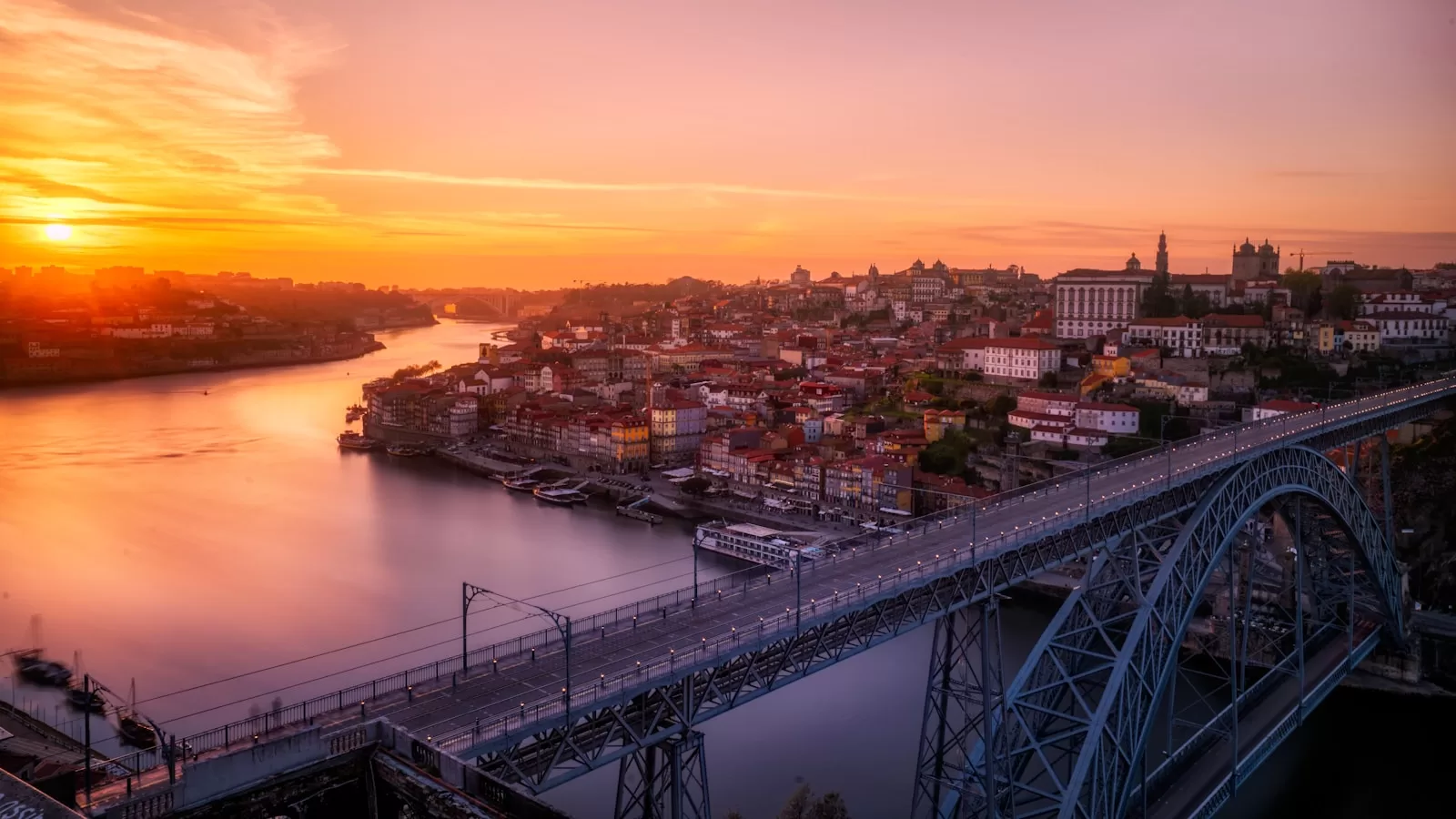There are some must-see items if you are short on time and want to explore Évora. Évora is a must-stop location whether on vacation or your scouting trip. Èvora is an easy day trip from Lisbon. If it isn’t an eventual landing spot, visiting this exciting town is worth the time.
If you already have Ėvora on your list, you probably already know about the Roman Temple or Capela dos Ossos. Therefore, these might be on your short list of items to see in Évora.
However, if you have more time to spare, consider the rest of these historic locations in Évora.
Évora Roman Temple

You will find Évora’s ancient forum at the city’s highest point. The structure that once stood could be Portugal’s most remarkable Roman monument.
The building of the Corinthian temple completion occurred in the 1st century. The belief is the temple was to be devoted to Diana.
If you examine the monument, you will notice some things. The most obvious is the difference in the types of stone. The fluted granite columns are the most noticeable section of the temple. However, the bases and capitals are marble from Estremoz, 40 kilometers to the northeast.
This monument was preserved because it filled the walls during medieval times. The walls filled when they turned the structure into a small fortress.
Capela dos Ossos

The Church of São Francisco in Évora is a structure you must visit. However, the connecting chapel is not for the squeamish.
The Capela dos Ossos is an ossuary with walls, arches, and supporting pillars in cheerful arrangements lined with bones and skulls. The recovery remains of several thousand monks were from crypts and cemeteries in the 16th century.
The idea behind building this Franciscan chapel was to remind worshippers of the transitory nature of life.
If there was any doubt about this message, there’s an inscription at the entrance in Latin.
“We bones that are here, for yours await.”
Church of São Francisco
While at the Capela dos Ossos, in Évora, you must also spend time at São Francisco. This particular church was a place of worship for royalty. In the first decades of the 1500s, this is made clear by the Manueline style sculpting of the church.
Amidst the ornamentation is an armillary sphere. The sphere was the emblem of King Manuel I. The pelican in this structure symbolizes King John II. The middle has monumental dimensions, and you should raise your eyes to the groin vaults in the ceiling. It possesses the most significant church interior of this kind in Portugal.
A bizarre thing about the choral stalls is they are on opposing stalls that occurred in different periods. The stalls on the right are 16th-century Renaissance, while the stalls on the left are 17th-century Baroque.
Évora Cathedral
Also at the town’s top is Évora’s commanding pink granite cathedral, unmistakable for its sturdy towers with conical spires.
The cathedral’s completion occurred in phases from the 13th century, with the completion of the cathedral in 1746. So it has an assortment of architectural designs. Some of these include:
- Cavernous Gothic nave
- Manueline choir with dainty vaulting and
- Baroque chapels.
The monument is now open to visitors. Therefore, you can walk onto the rooftop terrace to look down on Évora or enter the Gothic cloisters. Here you can observe the orange trees in the garden and the olive trees outside the city.
A small museum also has inside a glimmering set of liturgical gold and silverwork.
Évora University

Portugal’s second-oldest university is in Évora. Évora University was founded in the 1500s by Pope Paul IV and the future King Henry I, a cardinal.
Évora University was a Jesuit college for its first 200 years before expelling the Jesuit order from Portugal in the 1750s. There is quite a bit to see here; maybe better suited for a time, you can donate more time. However, if you have time, you must survey the elegant arcades and galleries in the central courtyard.
Do not miss the chance to see Évora University’s classrooms. The decorations inside the building include varying azulejos according to the subjects taught in the facilities. Walking inside a building, you might notice Aristotle teaching Alexander the Great or Plato instructing his followers.
Historic Center
Évora’s World Heritage Site includes the totality of the old town within the city walls, leaning up to the Cathedral and Roman Temple.
If your vision of the perfect afternoon is an aimless exploration and discovering ideal photo opportunities randomly, old Évora will be up your alley. Seriously, stroll down some of these less-traveled streets, and you will be amazed at what you might see.
You will quickly observe a similar pattern of yellow and white houses on maze-like streets. You can admire the whitewashed buildings with wrought iron balconies and cute azulejos as you pass by elongated squares.
Most of these building dates back to the 1400s to 1700s. The town of Évora was a royalty favorite and will take you back in history.
Around this period, Portugal was expanding its influence to the New World, and Évora was deeply influenced by Brazilian architecture.
Praça do Giraldo

The Philippine Dynasty laid out Évora’s main square in the 16th century. We should remember this period was when Portugal’s scene was of the Spanish Inquisition court. Therefore, the Spanish Court carried out many thousands of harsh sentences in this square.
On a more somber note, it also boasts the marble Fonte Henrique, at the exact location of an earlier 16th-century fountain built to commemorate the Agua Prata aqueduct.
There are eight spouts in the fountain in Évora, each for one of the streets branching off the square.
Évora’s north side is taken up by the striking facade of the Church of Santo Antão, while there’s a continuous arcade, hiding cafes, and specialty shops all down the east side.
Atypical Last Thoughts

As you can see, Evora has some elegant things you can quickly see. All these places I was able to check out in a single day. However, if you want to be a little more leisurely in your experience, you might want to take two days.
The Roman Temple, the Historical Center, Praça da Giraldo, and parts of Evora University are accessible to the public. So you can walk up and around these areas at whatever pace you want.
The Chapel of Bones, São Francisco Church, and Cathedral have paid admission. Therefore you will need to budget a little more time at these historical sites.
If you enjoy traveling and learning about history, please signup to learn more about my travels and the history lessons I have discovered.
Subscribe
Are you an avid traveler seeking inspiration for your next adventure? Look no further than the Atypical Vagabonds newsletter. By subscribing to our newsletter, you gain access to a treasure trove of travel tips, destination guides, and captivating stories from around the globe. Our knowledge in exploring off-the-beaten-path destinations. We offer a refreshing perspective on travel, encouraging you to embrace the unconventional and discover unique experiences. Join the community today and let our wanderlust-inducing content inspire you. Therefore, you can embark on extraordinary journeys. Subscribe to receive their latest updates directly in your inbox and never miss a travel adventure again.
Donations
Love what you’re seeing on Atypical Vagabond? Help us keep the adventures coming! Consider donating through PayPal’s secure payment system. Every contribution goes a long way in fueling our mission to bring you more thrilling content and unforgettable experiences. Join us in shaping the future of travel—donate today!




Leave a Reply